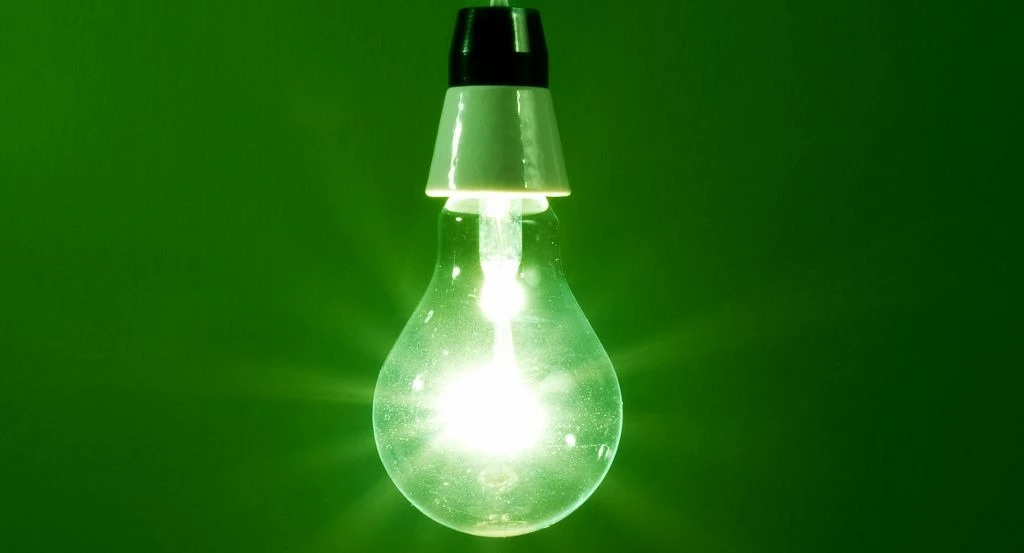
Partner Article
Gas powers Britain's electricity generation in third quarter
The temporary closure of nuclear power units, coal station outages and lower-than-expected gas prices fuelled a surge in gas-fired power generation in the third quarter of the year.
That was the stand-out highlight of the latest GB Electricity Market Summary by energy data analyst EnAppSys.
In the three months to the end of September, gas-fired generation contributed 11.7GW (36%) to Britain’s power mix, comfortably outstripping other forms of generation.
The strong performance was attributable to rapidly declining gas prices caused by excess gas supplies in storage, as well as the temporary closure of reactors at Heysham 1 and Hartlepool nuclear stations following the discovery of unexpected cracks in one of the boilers at Heysham.
It was also triggered by lower than expected levels of coal-fired generation due to some plants remaining offline during the summer while maintenance work was carried out. This led to a fall in coal’s share of the overall power mix, from 26% in the second quarter to 22%. However, towards the end of the quarter coal generation picked up again as some units came back online and colder weather triggered a rise in gas prices, which made gas plants less competitive.
Wind had little impact on Britain’s electricity generation during the quarter, providing 7% of the GB fuel mix. But a very stormy August did result in a spike in wind generation, which generated a record 22% of the fuel mix on the 17th day of this month.
Paul Verrill, Director of EnAppSys, said: “The second quarter had been notable for lower than usual levels of coal-fired generation and higher than usual levels of gas-fired generation, as gas prices fell due to an oversupply of gas and high levels of gas in storage.
“This trend meant that the third quarter began with a high share of electricity generation from gas-fired CCGT (Combined Cycle Gas Turbine) plants and more modest levels of generation from coal-fired plants, with the low gas prices also contributing to lower than usual power prices.
“As the quarter progressed, gas prices increased due to rising demand fuelled by colder weather and fears that Russia could stop gas flowing into Europe through Ukraine. This made gas plants less competitive and boosted coal’s share of the fuel mix in September.
“By the end of the quarter, the gas and coal-fired fleets were producing similar levels of generation.”
The EnAppSys study showed that gas-fired power stations provided 36% of all of Britain’s power requirements during the three months to the end of September, while 22% came from coal-fired power stations. Nuclear units provided a further 20%, wind farms 7% and other sources, including interconnector flows into the country, provided the remaining 15%.
To look at the full report, please visit the following page on the EnAppSys website: http://www.enappsys.com/news_and_rep/Q3%202014%20Market%20Summary.pdf.
This was posted in Bdaily's Members' News section by EnAppSys .
Enjoy the read? Get Bdaily delivered.
Sign up to receive our daily bulletin, sent to your inbox, for free.








 How to make your growth strategy deliver in 2026
How to make your growth strategy deliver in 2026
 Powering a new wave of regional screen indies
Powering a new wave of regional screen indies
 A new year and a new outlook for property scene
A new year and a new outlook for property scene
 Zero per cent - but maximum brand exposure
Zero per cent - but maximum brand exposure
 We don’t talk about money stress enough
We don’t talk about money stress enough
 A year of resilience, growth and collaboration
A year of resilience, growth and collaboration
 Apprenticeships: Lower standards risk safety
Apprenticeships: Lower standards risk safety
 Keeping it reel: Creating video in an authenticity era
Keeping it reel: Creating video in an authenticity era
 Budget: Creating a more vibrant market economy
Budget: Creating a more vibrant market economy
 Celebrating excellence and community support
Celebrating excellence and community support
 The value of nurturing homegrown innovation
The value of nurturing homegrown innovation
 A dynamic, fair and innovative economy
A dynamic, fair and innovative economy